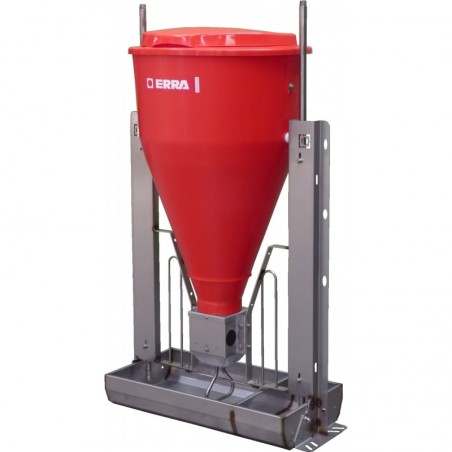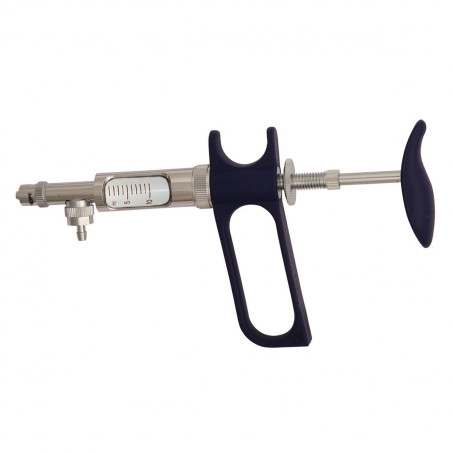The study included six wean-to-finish pig batches from farms with historical occurrence of respiratory disease. Oral fluid (OF) samples were collected from six pens every two weeks from the 5th to the 21st week of age and tested by real time PCR for presence of PRRSV, SIV and M. hyo and by quantitative real time PCR for PCV2. Data was evaluated alongside clinical and post-mortem observations, mortality rate, slaughter pathology, histopathology, and immunohistochemistry testing data for PCV2 antigen where available.
PRRSV and M. hyo were detectable in OF but with inconsistency between pens at the same sampling time and within pens over sequential sampling times. Detection of SIV in clinical and subclinical cases showed good consistency between pens at the same sampling time point with detection possible for periods of 2–4 weeks. Quantitative testing of OF for PCV2 indicated different patterns and levels of detection between farms unaffected or affected by porcine circovirus diseases (PCVD). There was good correlation of PCR results for multiple samples collected from the same pen but no associations were found between prevalence of positive test results and pen location in the building or sex of pigs.

Detection patterns for PRRSV, SIV and M. hyo supported the effectiveness of OF testing as an additional tool for diagnostic investigation of PRDC but emphasised the importance of sampling from multiple pens and on multiple occasions. Preliminary evidence supported the measurement of PCV2 load in pooled OF as a tool for prediction of clinical or subclinical PCVD at farm level.
Juan Hernandez-Garcia, Nardy Robben, Damien Magnée, Thomas Eley, Ian Dennis, Sara M. Kayes, Jill R. Thomson and Alexander W. Tucker. The use of oral fluids to monitor key pathogens in porcine respiratory disease complex. Porcine Health Management 20173:7. https://doi.org/10.1186/s40813-017-0055-4






